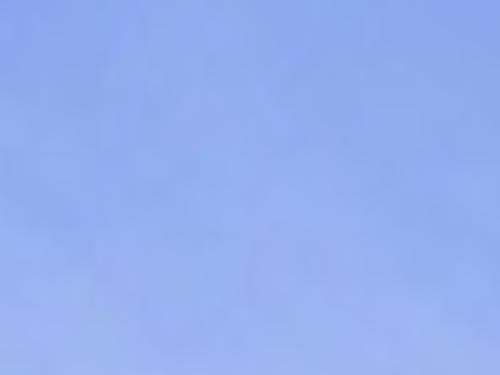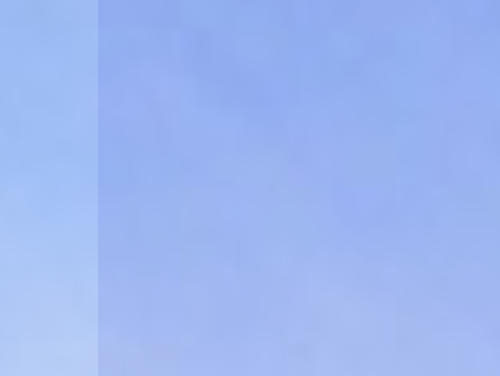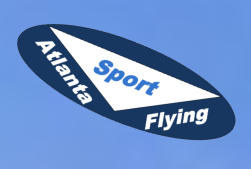




FAA Sport Pilot WSC Practical Test Tasks/Maneuvers








The Weight Shift Control (WSC) Practical Test requires you to perform a number of maneuvers, the Sport Pilot
Practical Test Standards (PTS) calls them tasks. The tasks are not hard, provided you have had adequate training
and know what to expect.
The Sport Pilot Practical Test Standard is available at:-
https://www.faa.gov/training_testing/testing/test_standards/media/faa-s-8081-29.pdf or can be ordered from ASA
https://www.asa2fly.com/
Here is a summary of the PTS maneuvers – NOTE this is not a replacement for 8081-29 and it is not a
Training Guide - just a few notes on the PTS maneuvers. Your CFI will tell you the exact procedures needed to
complete the tasks in your trike - best air speeds, control bar positions, engine rpms etc.
Most level maneuvers must be flown plus/minus 100 feet and plus/minus 10 knots.
A very important part of the Practical Test is use of check lists which at minimum are required for Pre-flight, Pre-
engine start, Pre-take-off, Landing, Engine failure, Fire – electrical or engine.
Prior to all maneuvers the area should be visually cleared in the direction of the maneuver.
Only by practice will you determine best air speed, engine power setting and control bar position for each
maneuver.
1.
Normal and cross wind take off and landings.
a.
Ensure the trike is held straight down the runway - in cross winds hold wing level or slightly down on
the upwind side.
2.
Steep Turns
a.
A 360 degree level turn (no altitude change) at 45 degree bank.
b.
At 45 degrees you start feeling a slight push into your seat.
c.
Use the position of the horizon on the front strut to ensure a level turn, glance at ASI, VSI and
Altimeter and make small pitch adjustments to ensure a level turn – keep adjustment to a minimum.
d.
A level turn will require increased pitch – bar forward - which will decrease speed (remember bar
movement controls speed) so apply some power – how much will depend on the wing you are flying.
e.
Before the turn starts pick a point in the distance and roll out level as the point comes into view
during the turn.
f.
Ensure you use a initial bar back to enter and exit the turn – how much will depend on your trike
trike.
3.
Spiral Dive Recovery
a.
Recovery no less then 1000ft AGL so start much higher such as 3000ft AGL.
b.
Enter a 45 degree bank level turn.
c.
Reduce throttle to idle.
d.
Depending on wing aircraft may enter a spiral or need some encouragement - for example bar back
increased bank.
e.
As soon as the spiral is establish – simultaneously - engine idle - pull bar back and level wings – a
spiral is a steep descending turn so recovery is as with any turn - use bar back and level wing.
f.
Be careful not to exceed the VNE of wing – fast wings build up speed and descent rate very quickly.
4.
Slow Flight
a.
Fly maneuvers at minimum flying speed as directed by examiner :–
i.
No lower than 1000ft
ii.
Straight and level (heading +-10 degrees), Turns max 10 degrees of bank, Climbs and
Descents
iii.
Use bar to control speed, use power to adjust climb/descent rate.
iv.
Common mistake is to gradually release bar so speed increases above minimum.
5.
Power off stall
a.
Recovery no less then 1000ft AGL - so start much higher - such as 3000ft AGL.
b.
Establish descent in approach configuration – normally engine idle.
c.
Push bar out to front strut, let nose rise to horizon, when stall occurs increase power to maximum
and gently allow bar to come back.
d.
On fast wings do not allow speed to build up, speed should not go above initial approach speed – so
reduce power once wing is no longer stalled.
e.
Stall may also need to be demonstrated in a maximum of 20 degree turn – recovery is similar but
simultaneously level the wing.
f.
Avoid getting nose high above the horizon as a tail slide could occur, or a steep nose down attitude
after aircraft stalls – only option if this occurs is bar to front strut and hope the manufacturer has design
the wing with adequate dive recovery!
6.
Ground Reference Maneuvers
a.
Choose a suitable height for example 800ft (400ft is minimum).
b.
Do the maneuver over land-able terrain the examiner will not be impressed if you fly for example low
over trees.
c.
Fly a rectangular course – enter at 45 degree to downwind leg - just like flying the airport pattern
d.
Turns around a point – enter on downwind section.
i.
Bank will be steepest on downwind side, on upwind side especially in a slower trike there may
be no bank at all just a crab into wind!
ii.
Try picking a point 90 degree ahead as an aim point – this helps keeping a consistent distance
from the point.
iii.
The position of the wing tip to the point can also be a good guide – practice and see what
works best.
e.
3) S turns along a Ground Reference Line
i.
Use a road, power lines, train tracks etc which are at 90 degrees to wind.
ii.
Enter on the downwind side.
iii.
Perform S turns along the reference line - upwind and downwind semi circles should be same
radius.
iv.
Fly over the ground reference at 90 degrees.
7.
Power-on and Cross Wind Approach and Landing.
a.
On downwind at runway numbers reduce power to give a 500ft descent
b.
Maintain the power and descent rate to runway, then reduce power to idle, round out, and fly along
the runway with rear wheels if possible inches off the runway - as speed decays push bar gently out to
keep trike flying, when bar is nearing front strut (stall) let rear wheels gently touch the runway.
c.
Use power to control the descent rate.
d.
Touch down must be within 400ft of a specified point
e.
If there is a cross wind maintain crab into wind and ensure rear wheels contact runway first - trike will
straighten then allow front wheel to contact the runway.
8.
Steep Approach to Landing
i.
On downwind at runway numbers reduce power to idle
ii.
Maintain idle power down to runway if aircraft is too high go around, if too low add some power
– a little power early is much better than a lot of power late
iii.
The base leg can also be used to adjust the glide - if low angle towards the runway - if high
angle away from the runway.
iv.
Last 200ft should be with engine at idle to give a steep approach.
v.
Round out, and fly along the runway with rear wheels if possible inches off the runway - as
speed decays push bar gently out to keep trike flying when bar is nearing front strut let rear
wheels gently touch the runway.
vi.
Touch down must be within 400ft of a specified point.
a.
If there is a cross wind maintain crab into wind and ensure rear wheels contact runway first - trike will
straighten then allow front wheel to contact the runway.







